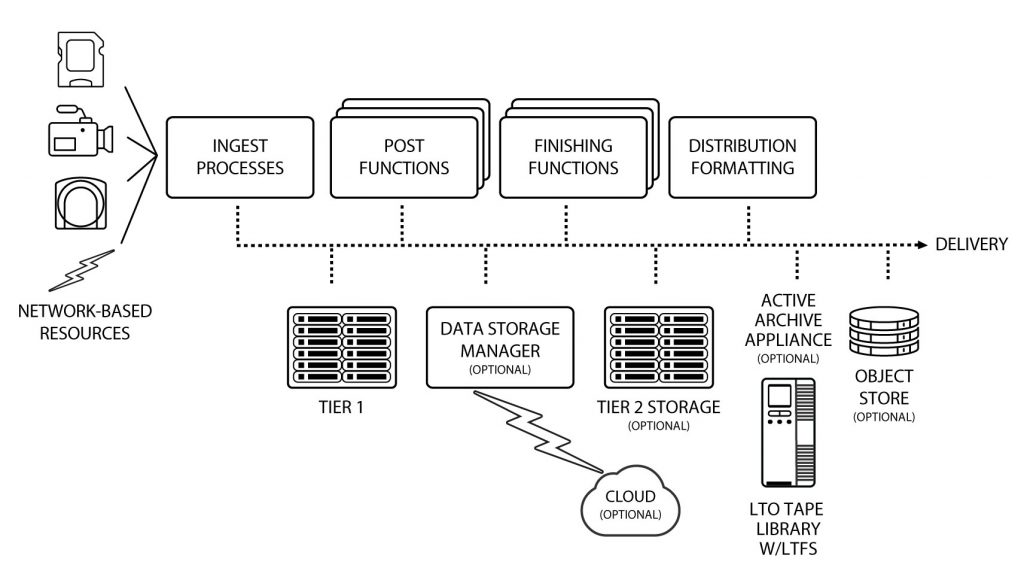

The problem becomes more complex when measurements’ noise and model uncertainties are considered. Therefore, damage identification problems are often proven to be ill-conditioned. In most cases, the measured quantities are less than the damage parameters to be identified, thus an infinite number of possible damage configurations is expected to satisfy the measurements. The problem of structural damage identification based on vibration measurements (eigenfrequencies and incomplete mode shapes) is generally formulated as an inverse problem aiming to identify changes encountered on the global stiffness matrix. Some modelling examples in static and dynamic (eigenfrequencies, mode shapes) cases are examined and compared to existing 1D models, 3D FEM simulation and experimental data. These smoothed 1D solutions capture the strain variations in some distance from the crack(s) achieving very good accuracy. An appropriate “smoothed” stiffness reduction is introduced as a function from the distance from the crack consistent energetically with the Linear Elastic Fracture Mechanics (LEFM) solutions. A crack contributes to abrupt stiffness reduction, causing “jump” in the displacement field close to the crack, in the present work the observation that the presence of cracks causes also stress and strain redistribution at some distance from the crack tips as resulted from fracture mechanics solutions is underlined. However, in many applications 1D models that represent cracked structural members can be proved to be very useful.

In the framework of fracture mechanics 2 or 3 dimensional modelling approaches are mostly employed in order to simulate cracks.


 0 kommentar(er)
0 kommentar(er)
